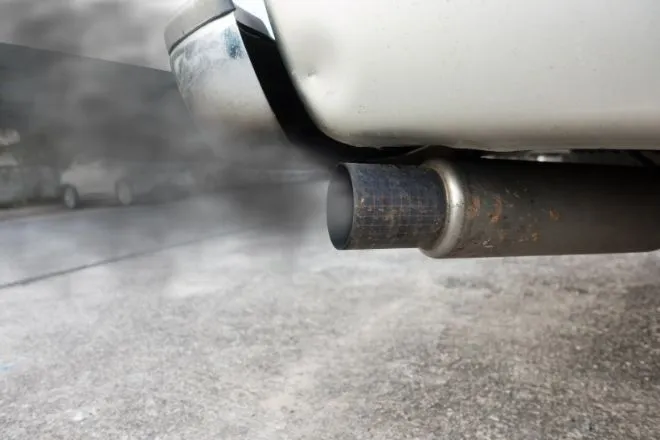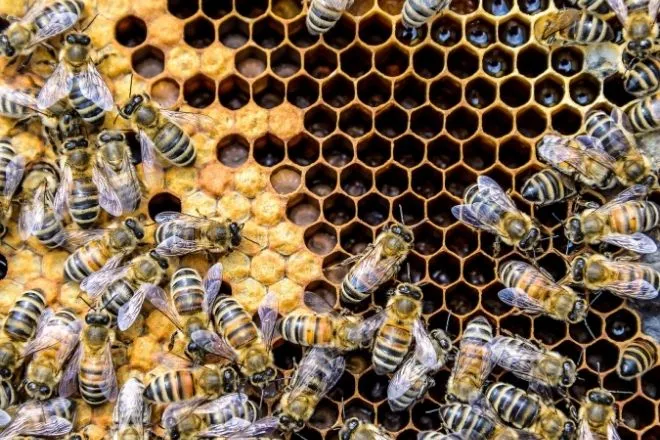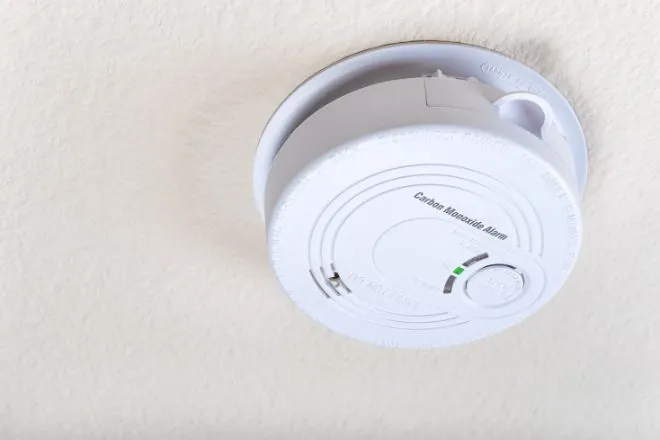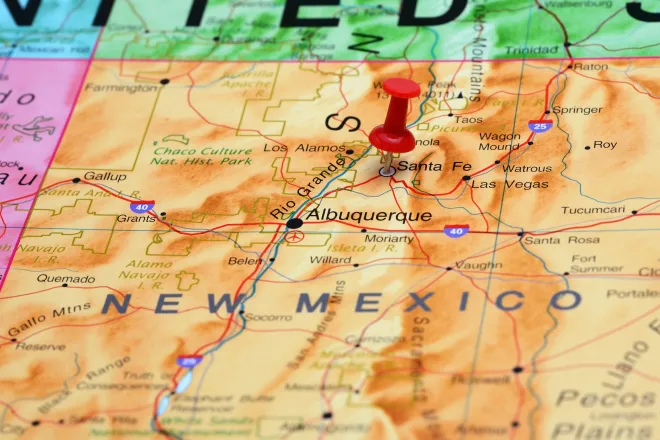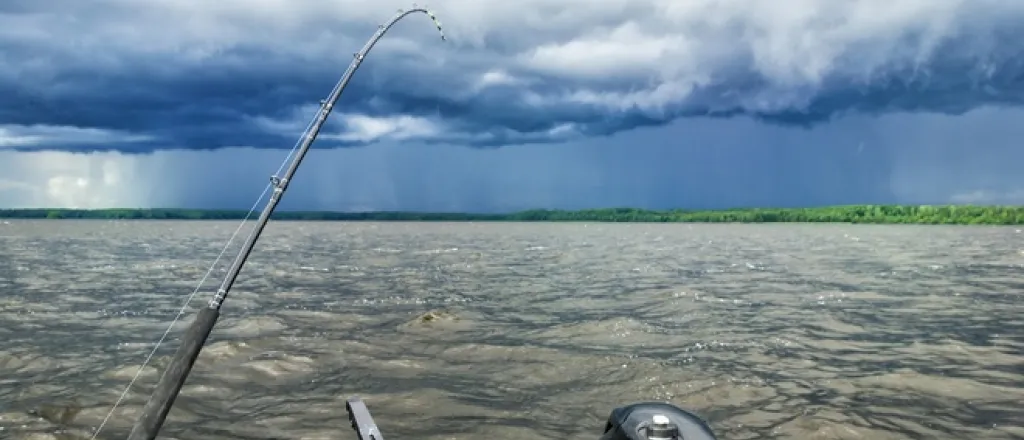
Angling 101: are fish most active before a storm?
©
Ask any seasoned angler about their best fishing days, and many will tell you about the incredible catch they made just before a storm rolled in. But is there actual science behind this fishing folklore, or is it just wishful thinking?
The short answer is yes—fish often become most active before a storm hits. Read on to explore the science behind this phenomenon and how you can leverage this knowledge safely.
Why fish get active before storms
First off, all types of weather patterns affect fishing, some in good ways and some in bad ways. This is because fish are incredibly sensitive to changes in their environment, especially barometric pressure. As a storm approaches, atmospheric pressure drops, and fish can detect this pressure change through their swim bladders.
When barometric pressure falls, fish know a storm is coming, so they enter a feeding frenzy to fuel up before they recede to the depths to escape the worst of the weather.
How to leverage storms for optimal fishing
You don’t want to be out on the water when a thunderstorm strikes, but you want to take advantage of the low barometric pressure. Well, the best fishing window typically occurs one to two hours before a storm arrives. During this time, you might notice increased surface activity, more aggressive strikes, fish feeding in unusual locations, and higher catch rates than normal.
However, safety should always come first. If you see lightning or hear thunder, it’s time to head for shore immediately.
Not all storms will yield the same results
While many storms trigger increased fish activity, the effect isn’t universal. Severe storms with rapid pressure changes tend to produce the most dramatic results. Slow-moving weather systems may not create the same feeding response. That said, it’s almost always worth a shot to get out onto the water and see what you can catch before thunder strikes.
Make the most of pre-storm fishing
So now you know that it’s not a myth! Fish are most active before a storm. When you notice the barometric pressure dropping and clouds gathering, grab your gear. Use topwater lures or live bait to take advantage of the increased surface activity. Additionally, fish shallow areas where prey fish are likely to be feeding.
Just remember to keep your own safety in mind and never risk getting struck by lightning for a catch. Once the storm picks up, head back to shore. Best of luck!

